
House of Slaves: A Journey Through History
Explore the House of Slaves on Gorée Island, a UNESCO World Heritage Site that reveals the poignant history of the transatlantic slave trade.
The House of Slaves in Gorée Island, Senegal, is a poignant museum that offers visitors an insightful glimpse into the harrowing history of the transatlantic slave trade. Recognized as a UNESCO World Heritage Site, it stands as a powerful symbol of resilience and a reminder of the struggles faced by countless individuals. Tourists will find the museum's exhibits both educational and moving, making it an essential stop for anyone visiting Dakar.
A brief summary to House of Slaves
- MJ93+23P, Dakar, Gorée, SN
- +221776493824
Local tips
- Visit early in the morning or late afternoon to avoid large crowds.
- Take a guided tour to gain deeper insights into the historical significance of the site.
- Wear comfortable shoes as the island's streets can be uneven and require walking.
- Allocate time to explore the surrounding area, including local shops and eateries.
- Bring a camera to capture the beautiful scenery and poignant moments, but be respectful inside the museum.
Getting There
-
Ferry
To reach the House of Slaves, start by making your way to the Dakar ferry terminal. From anywhere in Almadies, you can take a taxi or a motorcycle taxi to the terminal, which is approximately a 20-minute ride. At the terminal, purchase a ferry ticket to Gorée Island. The ferry operates several times a day, and the cost is generally around 5,000 CFA (approximately $9 USD) for a round trip. The ferry ride takes about 20-30 minutes, and it offers beautiful views of the coastline.
-
Walking
Once you arrive at Gorée Island, disembark the ferry and walk towards the center of the island. The House of Slaves is approximately a 10-minute walk from the ferry dock. As you walk, you will encounter various shops and local vendors, adding to the vibrant atmosphere. Follow the main path and signs leading to the House of Slaves, which is located at MJ93+23P, Dakar. The museum is well-signposted, making it easy to find.
-
Bicycle Rental
For a more leisurely approach, consider renting a bicycle on Gorée Island. There are several rental shops near the ferry terminal. The cost is typically around 1,500 CFA (approximately $3 USD) per hour. Biking around the island allows you to explore its beautiful scenery and historical sites at your own pace before heading to the House of Slaves.
Discover more about House of Slaves
Iconic landmarks you can’t miss
Mémorial Gorée-Almadies
0.3 km
Explore the Mémorial Gorée-Almadies in Dakar, a profound monument to the legacy of the transatlantic slave trade and a symbol of resilience and cultural heritage.
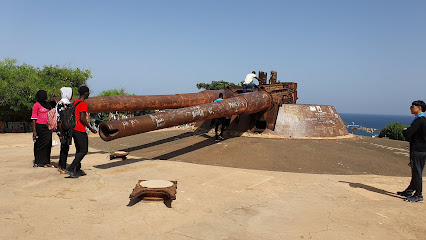
Statue of Emancipation
0.4 km
Explore the Statue of Emancipation in Dakar, a historic landmark symbolizing freedom and resilience, set against the backdrop of Gorée Island's rich cultural heritage.
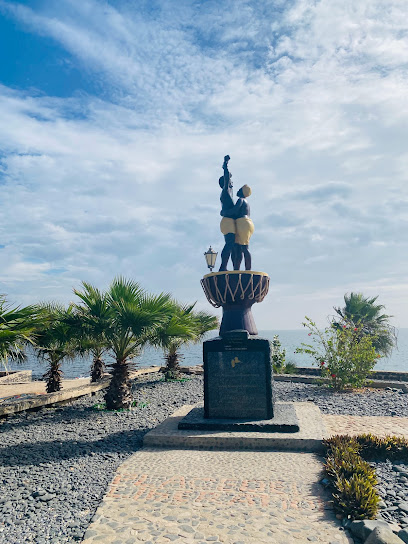
Présidence du Sénégal
3.8 km
Discover the architectural beauty and cultural significance of the Présidence du Sénégal, a landmark of governance in vibrant Dakar.
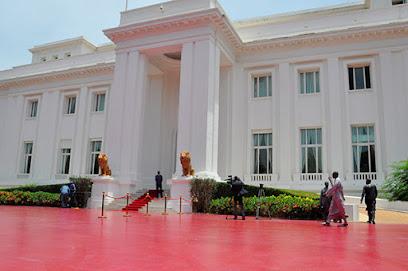
Monument Demba et Dupont
3.9 km
Explore Monument Demba et Dupont in Dakar, a historical gem that showcases Senegal's rich culture and heritage in a vibrant urban setting.
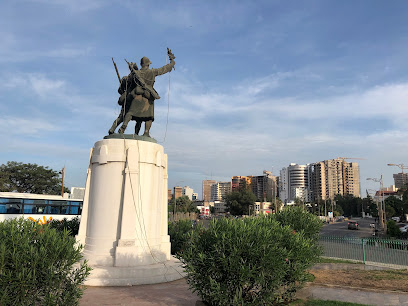
Avenue place 71,Dakar
4.3 km
Explore Avenue Place in Dakar, a historical landmark that showcases the rich cultural heritage and architectural beauty of Senegal.
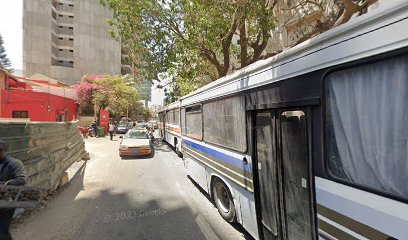
Phare du Cap Manuel
4.3 km
Explore the stunning Phare du Cap Manuel in Dakar, a picturesque lighthouse offering breathtaking ocean views and rich maritime history.
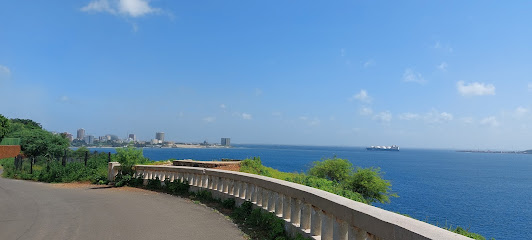
Statue
4.4 km
Explore the historic Statue in Dakar, a monumental tribute showcasing Senegal's cultural heritage and artistic excellence, perfect for travelers seeking rich experiences.
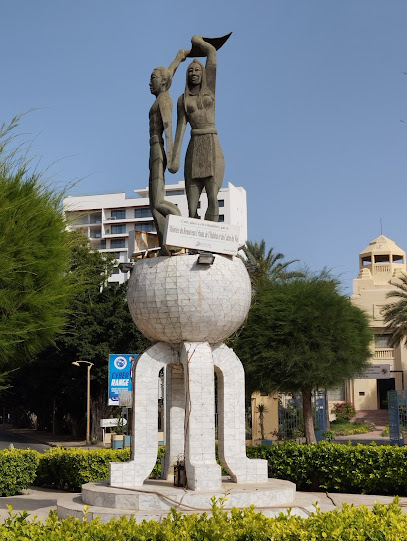
DAKAR
4.4 km
Explore Dakar, Senegal's vibrant capital, where rich history meets modern culture, stunning coastlines, and lively markets await your discovery.
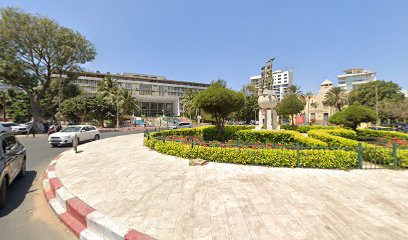
Cap Manuel
4.5 km
Explore the stunning coastal views and tranquil atmosphere of Cap Manuel, a scenic spot in Dakar perfect for relaxation and cultural immersion.
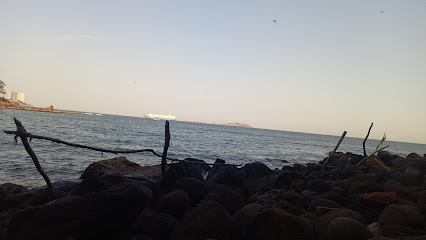
Cimetière Bel-Air
4.6 km
Discover the rich history and serene beauty of Cimetiere Bel-Air, a culturally significant cemetery in Dakar, Senegal.
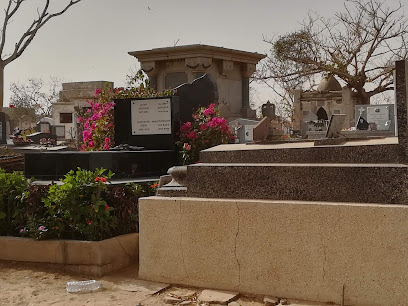
MARCHE TILENE
5.9 km
Experience the colors and flavors of Dakar at Marche Tilene, a bustling market where local culture comes alive with every visit.
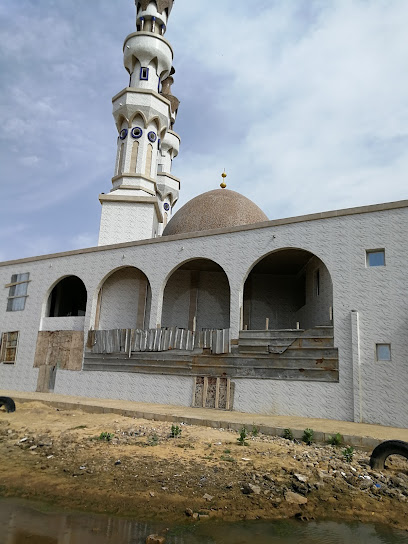
Obelisk Square
6.2 km
Discover the vibrant culture and historic significance of Obelisk Square, a must-visit landmark in the heart of Dakar, Senegal.
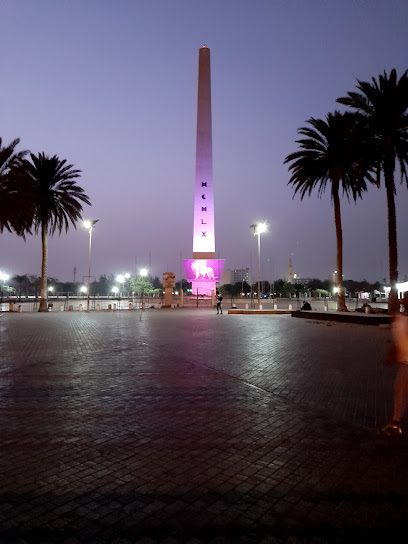
Rond-Point Sahm
6.3 km
Discover the vibrant spirit of Dakar at Rond-Point Sahm, a bustling hub of culture, art, and local flavors in the heart of the Medina district.
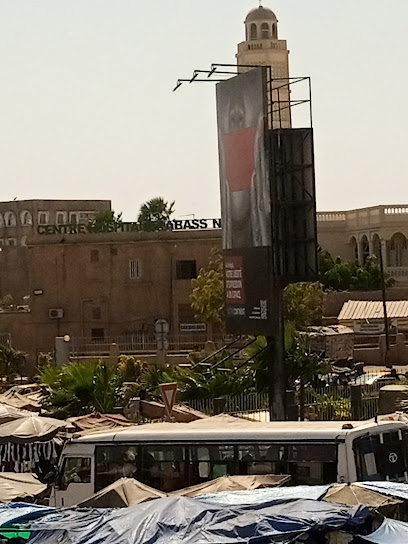
Espace Medina
6.3 km
Explore the vibrant culture and artistry at Espace Medina, a must-visit museum in Dakar showcasing Senegal's rich heritage and local craftsmanship.
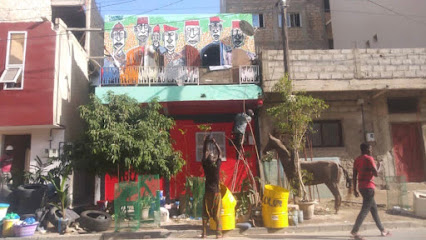
Cimetier Muslim Hann-Bel Air
7.3 km
Explore the serene Cimetière Musulman Hann-Bel Air in Dakar, a resting place rich in culture and a reflection of Islamic traditions in Senegal.
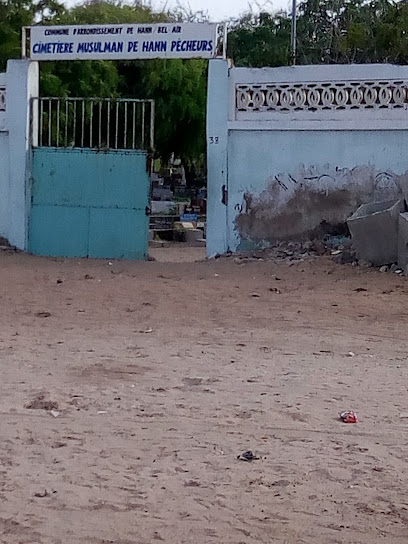
Unmissable attractions to see
Goree Island
0.2 km
Explore Goree Island, a UNESCO World Heritage Site, to experience its rich history, stunning architecture, and vibrant local culture.
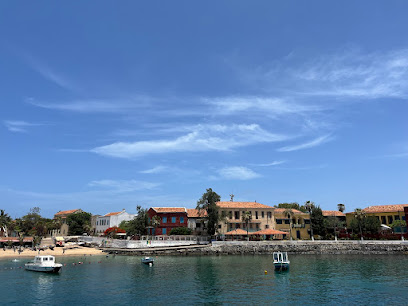
Gorée
0.2 km
Discover the historical significance and natural beauty of Gorée Island, a UNESCO World Heritage site near Dakar, Senegal.
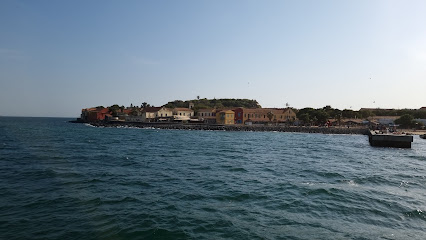
IFAN Historical Museum
0.4 km
Discover Senegal's cultural treasures at the IFAN Historical Museum, showcasing the rich heritage and history of West Africa.
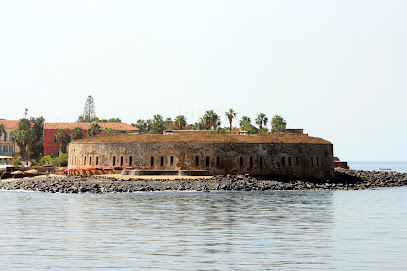
Cool
3.1 km
Experience tranquility at the Cool Garden in Dakar, a lush sanctuary perfect for relaxation and nature lovers amidst the city's vibrant life.
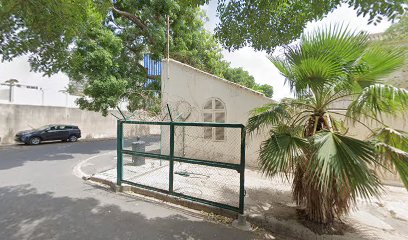
Casino Du Port
3.2 km
Discover the excitement and elegance of Casino Du Port, a premier gaming destination in Dakar, Senegal, where thrilling experiences await.
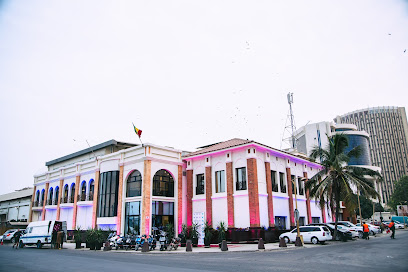
Marché Kermel
3.4 km
Explore the vibrant Marché Kermel in Dakar for a taste of local culture, delicious cuisine, and unique handcrafted treasures.
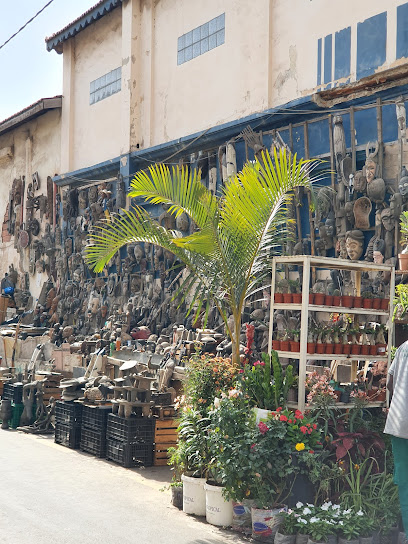
Embarcadère Île de Gorée
3.8 km
Explore the rich history and vibrant culture of Île de Gorée, a UNESCO World Heritage site near Dakar, Senegal, and a must-visit for every traveler.

Leopold Sedar Senghor French Institute
4.1 km
Explore the vibrant cultural tapestry at the Leopold Sedar Senghor French Institute, a premier destination for art and creativity in Dakar.
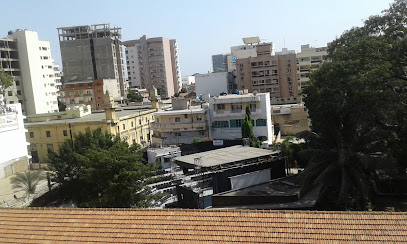
The Museum of Black Civilisations
4.2 km
Explore the rich tapestry of black heritage and culture at The Museum of Black Civilisations in Dakar, a must-visit landmark for every traveler.
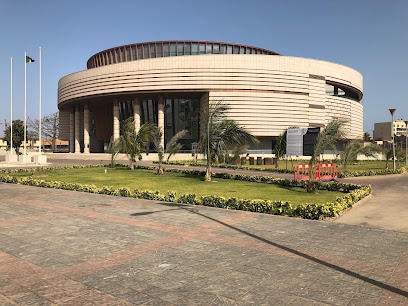
OH GALLERY
4.2 km
Explore contemporary art at OH Gallery, a vibrant cultural hub in Dakar showcasing local artists and their stories.
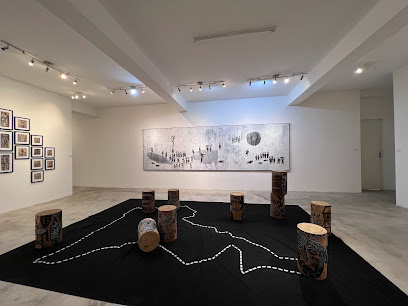
Cathédrale du Souvenir Africain
4.3 km
Experience the beauty and cultural significance of the Cathédrale du Souvenir Africain in Dakar, a serene landmark celebrating African heritage.
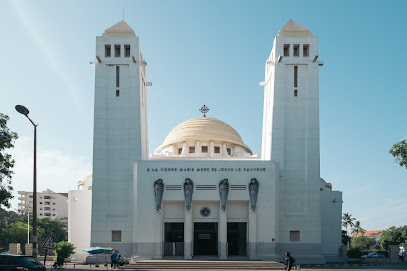
Cathedral of Our Lady of Victories
4.3 km
Discover the architectural beauty and cultural significance of the Cathedral of Our Lady of Victories, a must-see in Dakar, Senegal.
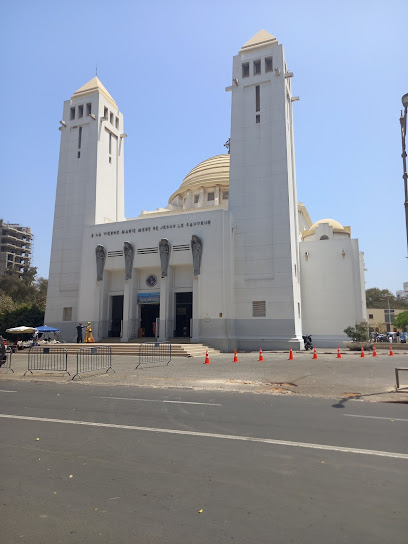
Marché Sandaga
4.4 km
Explore Marché Sandaga, a vibrant market in Dakar, where culture, crafts, and culinary delights await every traveler.
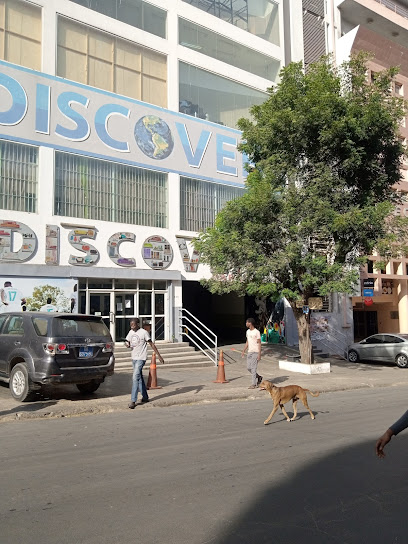
IFAN Museum of African Arts
4.4 km
Explore the IFAN Museum of African Arts in Dakar, a captivating journey through Africa's rich cultural heritage and artistic expressions.
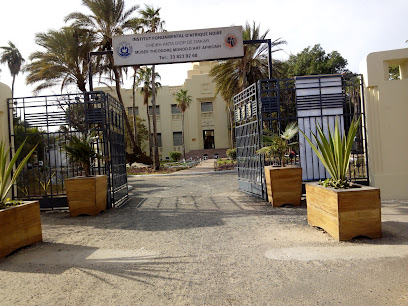
MUSEE DES CIVILISATIONS NOIRES, AUTOROUTE PROLONGEE, PLACE DE LA GARE, DAKAR SENEGAL
4.7 km
Discover Africa's rich cultural heritage at Musée des Civilisations Noires in Dakar, a landmark archaeological museum showcasing the continent's art and history.
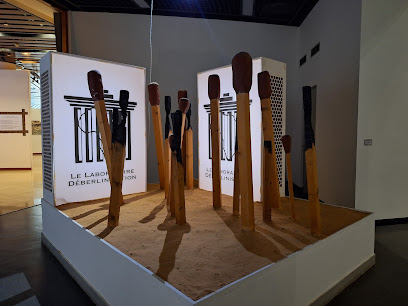
Essential places to dine
DakySushi
3.2 km
Experience authentic Japanese flavors at DakySushi, a premier sushi restaurant in Dakar known for its fresh ingredients and creative dishes.

Mood Café & Restaurant
3.2 km
Experience exquisite dining at Mood Café & Restaurant in Dakar - where local flavors meet international cuisine in a vibrant setting.
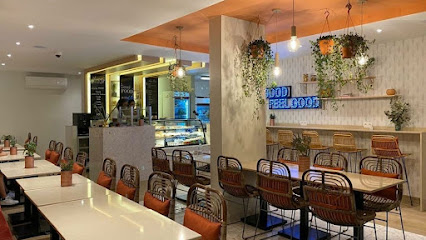
La Fourchette
3.3 km
Discover culinary excellence at La Fourchette in Dakar - where local flavors meet international cuisine in an unforgettable dining experience.
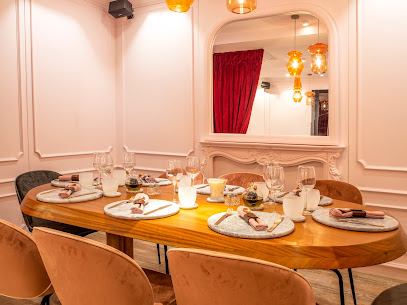
Restaurant Le Lagon 1
3.4 km
Experience exquisite Senegalese cuisine at Restaurant Le Lagon 1 in Dakar - a culinary gem with stunning ocean views.
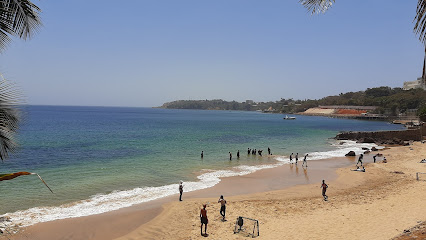
Restaurant Le Dagorne
3.4 km
Discover the vibrant flavors of Senegal at Restaurant Le Dagorne in Dakar - where culinary tradition meets modern flair.
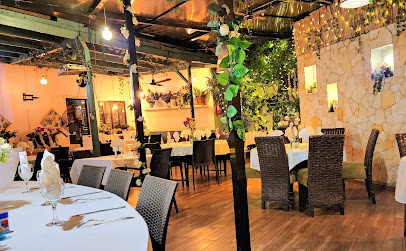
Restaurant le Kermel
3.4 km
Discover the exquisite fusion of French cuisine and local flavors at Restaurant le Kermel in Dakar.
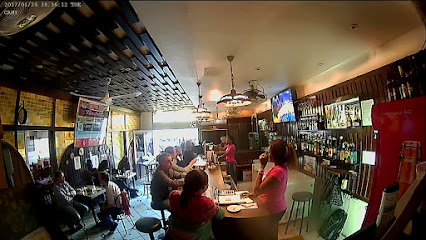
La pampa
3.6 km
Experience authentic Argentinian flavors at La Pampa in Dakar - where culinary passion meets exceptional dining.

Il Pappagallo
3.6 km
Discover authentic Italian flavors at Il Pappagallo in Dakar – where culinary tradition meets local charm.
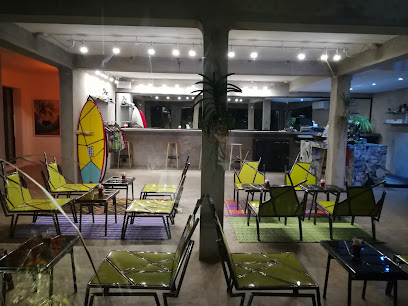
Le Coste
3.7 km
Discover authentic Senegalese flavors at Le Coste in Dakar - where every dish tells a story of local tradition and culinary excellence.
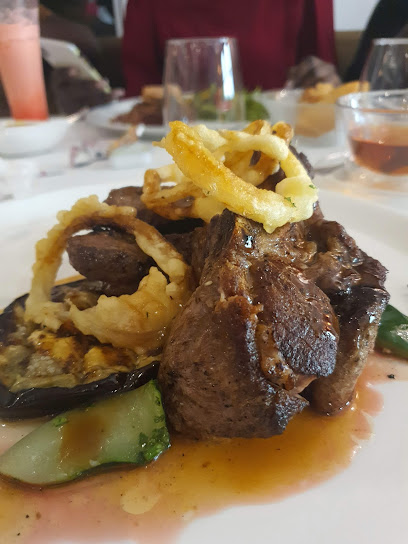
impérial Bar, brasserie et restaurent
3.8 km
Discover delicious Senegalese cuisine in a vibrant setting at L'Impérial Bar & Brasserie in Dakar's historic Independence Square.
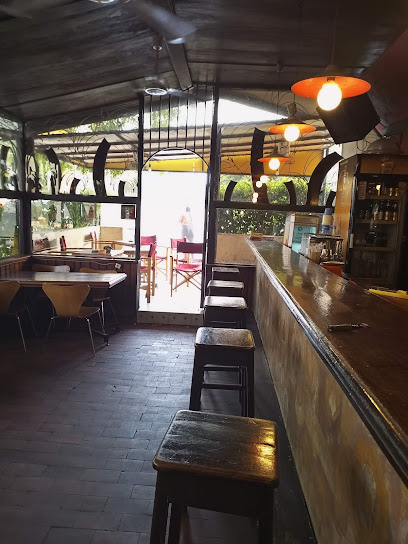
Nostra Restaurant
3.8 km
Experience authentic Italian cuisine at Nostra Restaurant in Dakar - where tradition meets flavor amidst vibrant surroundings.

Restaurant du Centre
3.9 km
Experience authentic Senegalese cuisine at Restaurant du Centre in Dakar-Plateau - a culinary haven for travelers seeking local flavors.
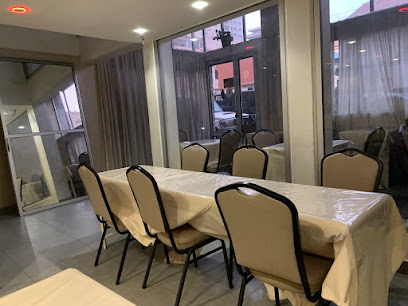
La Parrilla
4.0 km
Experience exceptional Senegalese flavors at La Parrilla - where culinary tradition meets contemporary elegance in the heart of Dakar.
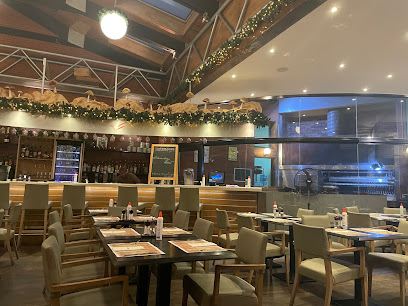
LE MISTRAL RESTAURANT
4.0 km
Discover a unique fusion dining experience at Le Mistral Restaurant in Dakar, blending local flavors with global culinary artistry.
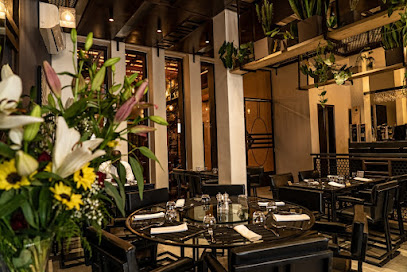
Restaurant Terrasse Farid
4.0 km
Experience authentic Lebanese cuisine at Restaurant Terrasse Farid in Dakar – where every dish tells a story.
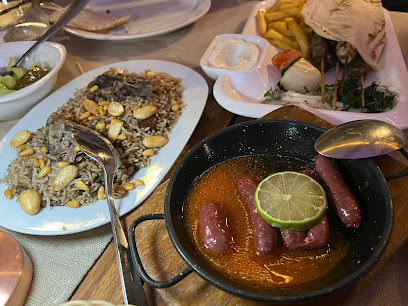
Markets, malls and hidden boutiques
Arka Concept Store
3.2 km
Explore the vibrant Arka Concept Store in Dakar for unique gifts and local treasures that celebrate Senegal's rich culture.
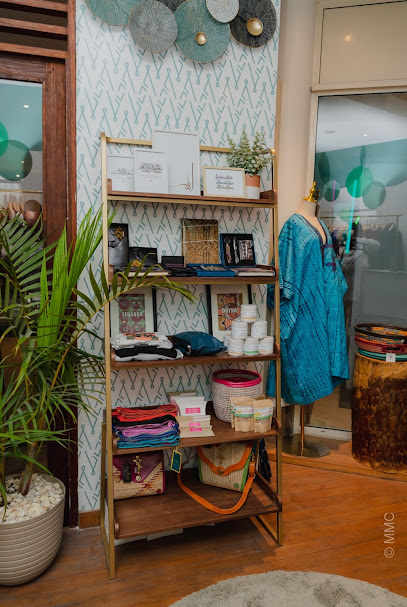
Sénégal Free Store
3.5 km
Explore the vibrant flavors of Senegal at Sénégal Free Store, where local culture meets culinary delight in the heart of Dakar.
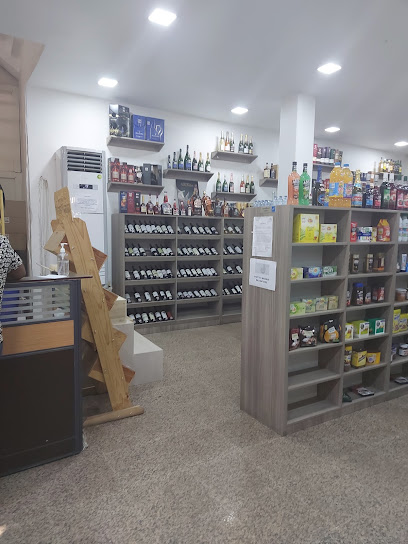
PAVACHI LUXURY STORE
3.7 km
Discover luxury shopping in Dakar at Pavachi Luxury Store, featuring exclusive fashion and accessories in a sophisticated boutique setting.
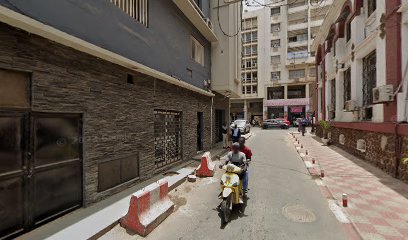
Dakado Créateur de cadeaux
3.7 km
Explore Dakado Créateur de cadeaux: Your gateway to authentic African handicrafts and unique souvenirs in Dakar.

Le Sandaga | Boutique
3.9 km
Discover unique fashion accessories and handcrafted home goods at Le Sandaga, a boutique showcasing Senegalese craftsmanship in Dakar.
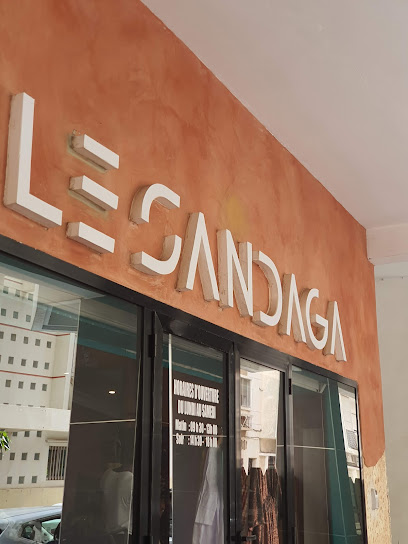
Kids around Sénégal
4.0 km
Discover fashionable children's clothing at Kids around Sénégal in the heart of Dakar, blending style and comfort for your little ones.
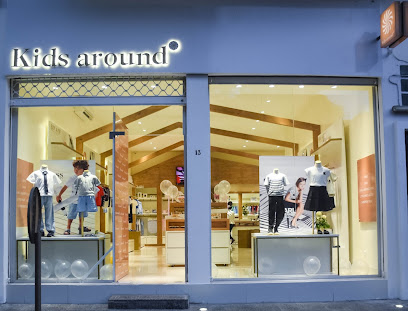
Le Grand Bazar
4.0 km
Immerse yourself in the vibrant culture of Dakar at Le Grand Bazar, where local crafts and unique souvenirs await every traveler.
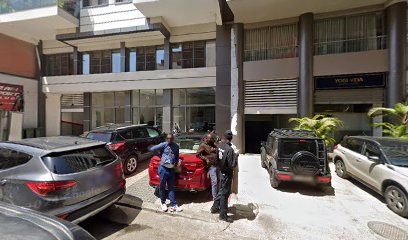
Marse
4.2 km
Discover unique souvenirs and local handicrafts at Marse, a delightful gift shop in the heart of Dakar, celebrating Senegalese culture and craftsmanship.
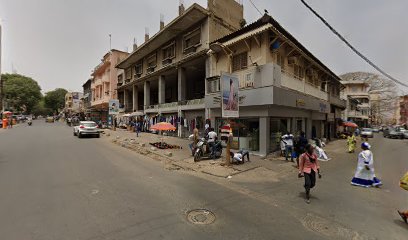
La surprise
4.2 km
Explore the vibrant arts and crafts at La Surprise, a charming home goods store in Dakar, reflecting the rich cultural heritage of Senegal.
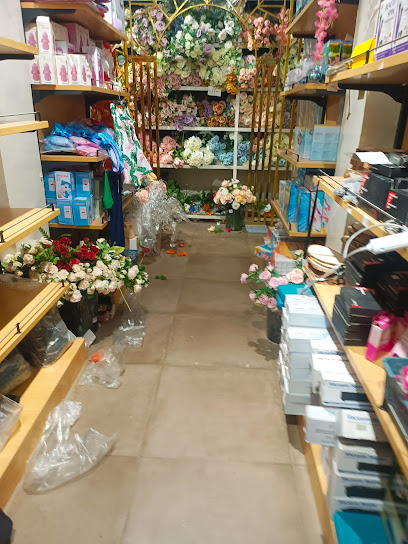
escale beauty shop
4.3 km
Explore the essence of beauty at Escale Beauty Shop, a boutique in Dakar offering local and international beauty products tailored for every need.
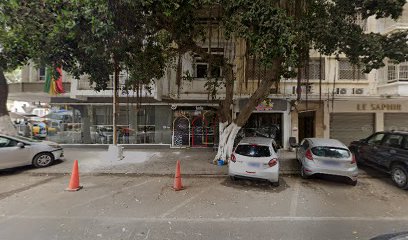
Antique Wax original dakar
4.4 km
Explore the vibrant fashion scene at Antique Wax in Dakar, where unique clothing reflects the rich culture of Senegal.
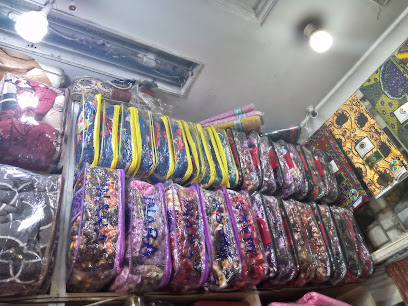
Nahyel - Boutique de Cadeaux Dakar
4.5 km
Explore the vibrant world of Senegalese craftsmanship at Nahyel, Dakar's premier gift shop for unique souvenirs and local treasures.
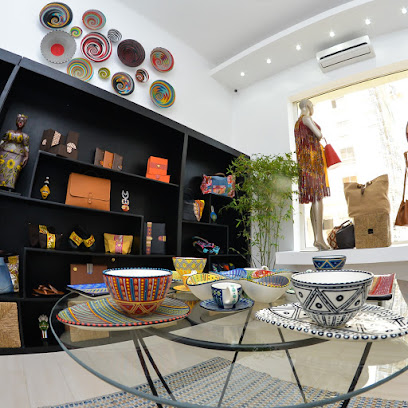
Carrefour des arts
4.5 km
Discover unique handcrafted souvenirs and local art at Carrefour des Arts, a charming gift shop in the heart of Dakar, celebrating Senegalese culture.
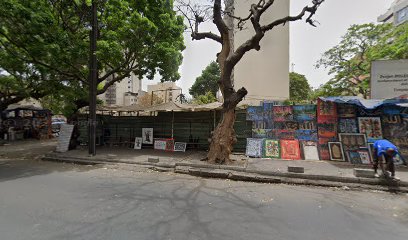
Marche souvenir
4.5 km
Discover unique handmade gifts and traditional crafts at Marche Souvenir, the perfect stop for memorable souvenirs in Dakar.
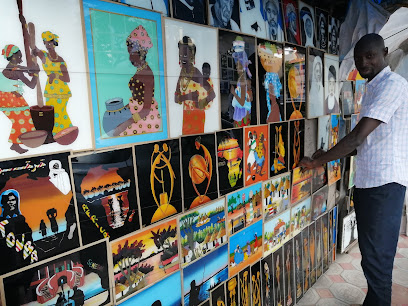
Boutique Tshirt
4.6 km
Explore Boutique Tshirt, Dakar's premier gift shop for unique souvenirs that embody the spirit of Senegalese culture.
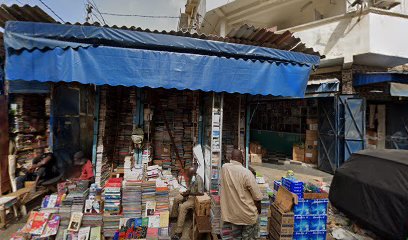
Essential bars & hidden hideouts
LA CAVE
3.6 km
Experience Dakar's finest wine cellar, La Cave, where exquisite local and international wines meet a cozy ambiance for the perfect outing.
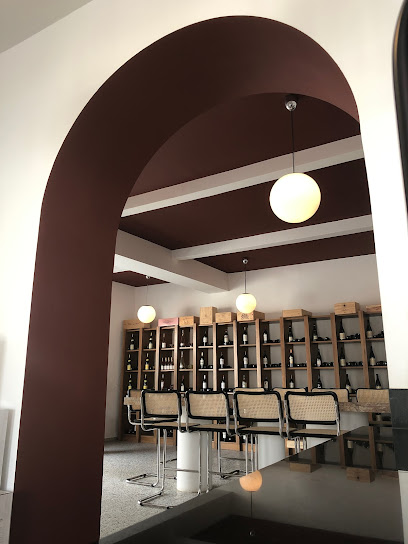
Le Mandingo Teranga
3.7 km
Experience the vibrant nightlife of Dakar at Le Mandingo Teranga, where drinks, music, and culture come together for an unforgettable evening.
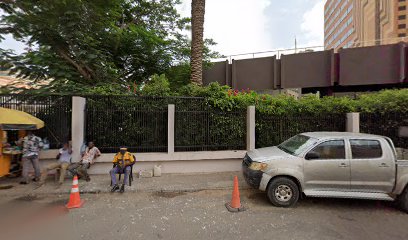
Lun's
3.9 km
Discover the vibrant nightlife at Lun's, a bar in Dakar offering stunning ocean views and a lively atmosphere perfect for socializing and relaxation.
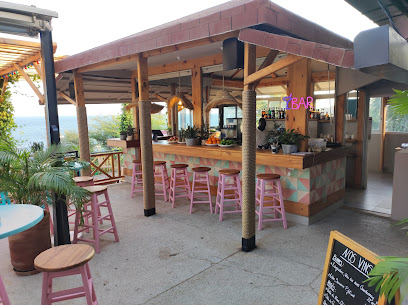
der
3.9 km
Discover the lively atmosphere of der Bar in Dakar, where vibrant nightlife meets delicious cocktails and local music.
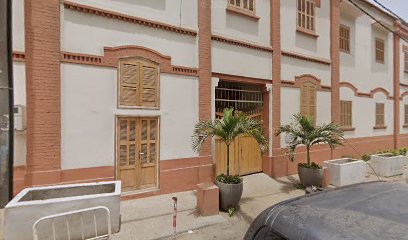
Viking Pub
4.0 km
Discover Viking Pub, a lively bar in Dakar offering a unique blend of local culture, vibrant atmosphere, and delicious drinks.
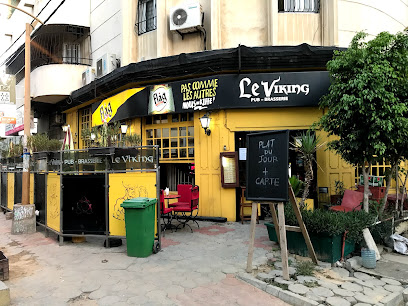
Sky Net Bar
4.0 km
Discover the vibrant nightlife of Dakar at Sky Net Bar, where great drinks and a lively atmosphere await you.
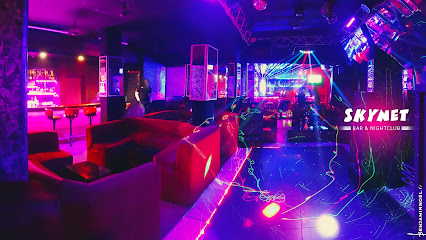
La Véranda
4.1 km
Discover La Véranda in Dakar for a unique lounge experience blending relaxation, vibrant culture, and delightful drinks.
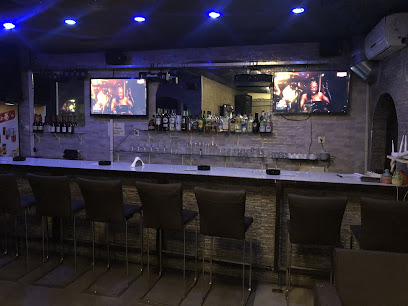
L'Archibar
4.2 km
Discover the flavors of Senegal at L'Archibar, a vibrant restaurant in Dakar offering a unique blend of traditional and contemporary cuisine.
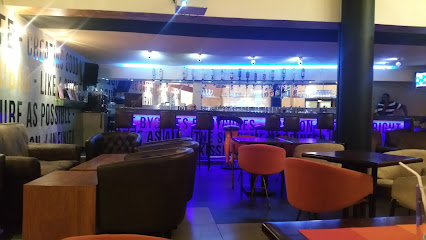
bar
4.6 km
Discover Dakar's nightlife at this charming bar, where local flavors and vibrant ambiance create unforgettable experiences.

Senegal PUB
5.1 km
Discover the essence of Senegal's nightlife at Senegal PUB in Dakar, where local flavors and vibrant ambiance come together for an unforgettable experience.

Jiiht
5.9 km
Discover the vibrant nightlife of Dakar at Jiiht, where local culture and refreshing drinks come together for an unforgettable experience.

Com Pub Telecentre
6.1 km
Experience the vibrant nightlife of Dakar at Com Pub Telecentre, a lively bar offering local drinks and a cultural hub for all visitors.

CHEZ DANNY
6.3 km
Discover the lively spirit of Dakar at Chez Danny, a vibrant bar where local culture and nightlife come alive.
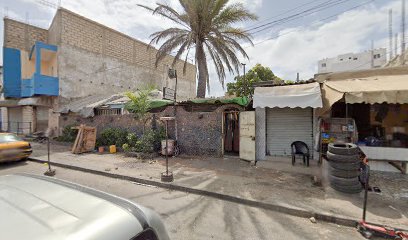
Lumière Bleu
6.3 km
Discover the lively ambiance and refreshing drinks at Lumière Bleu, a must-visit bar in the heart of Dakar, Senegal.
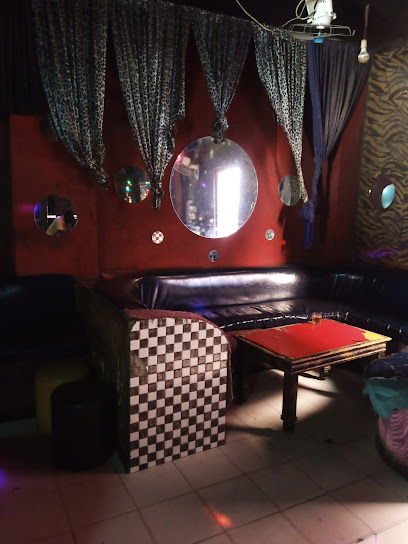
LE ZIO
6.6 km
Discover the lively atmosphere and delightful flavors at LE ZIO, Dakar's premier lounge for locals and tourists alike.




